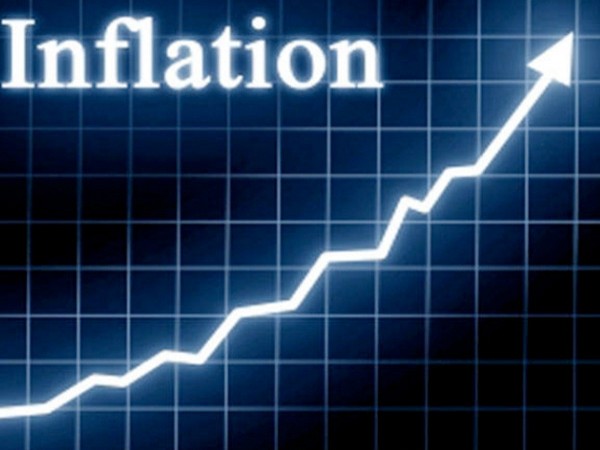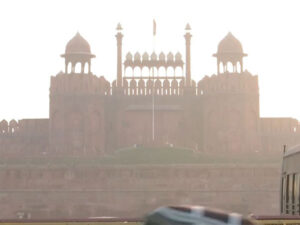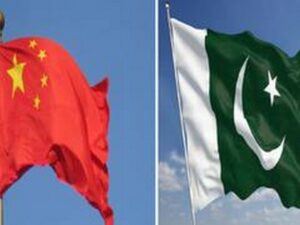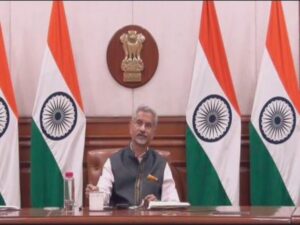
New Delhi [India], May 31 (ANI): Inflation in India exceeded the Reserve Bank of India’s upper tolerance level but the extent of deviation was comparatively lower to other major countries. Addressing reporters after the GDP numbers for Q4 2022-23 and the entire 2022-23 were released earlier today, Chief Economic Adviser Anantha Nageswaran on Wednesday said that the hike in interest rates in India was not as high as compared to other countries.
Data shared by the government showed cumulative interest rate hikes in the US, the UK, Canada, Australia, and Euro Area, among others, from January 2022 to March 2023 were much higher than in India.
Retail inflation or (Consumer Price Index) peaked at 7.8 per cent in April 2022 to an 18-month low of 4.7 per cent in April 2023, driven by a reduction in food and core inflation. In some advanced countries, inflation had in fact touched a multi-decade high and even breached the 10 per cent mark.
RBI’s consistent monetary policy tightening since mid-2022 could be attributed to the substantial decline in inflation numbers in India. Inflation has been a concern for many countries, including advanced economies, but India has managed to steer its inflation trajectory quite well.
Barring the recent pause, the RBI has raised the repo rate by 250 basis points cumulatively since May 2022 in the fight against inflation. Raising interest rates is a monetary policy instrument that typically helps suppress demand in the economy, thereby helping the inflation rate decline.
India’s retail inflation was above RBI’s 6 per cent target for three consecutive quarters and had managed to fall back to the RBI’s comfort zone only in November 2022. Under the flexible inflation targeting framework, the RBI is deemed to have failed in managing price rises if the CPI-based inflation is outside the 2-6 per cent range for three quarters in a row.
The RBI, in its first monetary policy review meeting this fiscal in April, however, decided to keep the key benchmark interest rate — the repo rate (the rate at which the RBI lends to other banks) — unchanged at 6.5 per cent, to assess the effects of the policy rate tightening done so far.
According to the government, India’s retail inflation declined in the second half of 2022-23 due to a moderation in international commodity prices and the impact of the fiscal and policy measures taken by the government and the RBI. Retail inflation is projected to moderate to 5.2 per cent for 2023-24 in India as estimated by RBI in its April monetary policy meeting; with Q1 at 5.1 per cent; Q2 at 5.4 per cent; Q3 at 5.4 per cent; and Q4 at 5.2 per cent.
Coming to the GDP numbers released today, as per the provisional estimates released by the National Statistical Office (NSO), real GDP growth for 2022-23 stood at 7.2 per cent, higher than the 7 per cent projected. “The real GDP growth for 2022-23 is higher compared to the growth projections by various international agencies, reflecting the strong resilience of the Indian economy,” the government said.
Despite strong global headwinds and tighter domestic monetary policy tightening, various international agencies have forecasted India to be one of the fastest-growing economies in 2023-24, supported by robust growth in private consumption and sustained pick-up in private investment.
Also, the government said India’s foreign exchange reserves, a key macro fundamental indicator of the economy, rose from a low of USD 531.1 billion in October 2022 to USD 588.8 billion in April 2023. At present, the government estimates India has sufficient forex reserves to provide an import cover of 10 months. (ANI)















